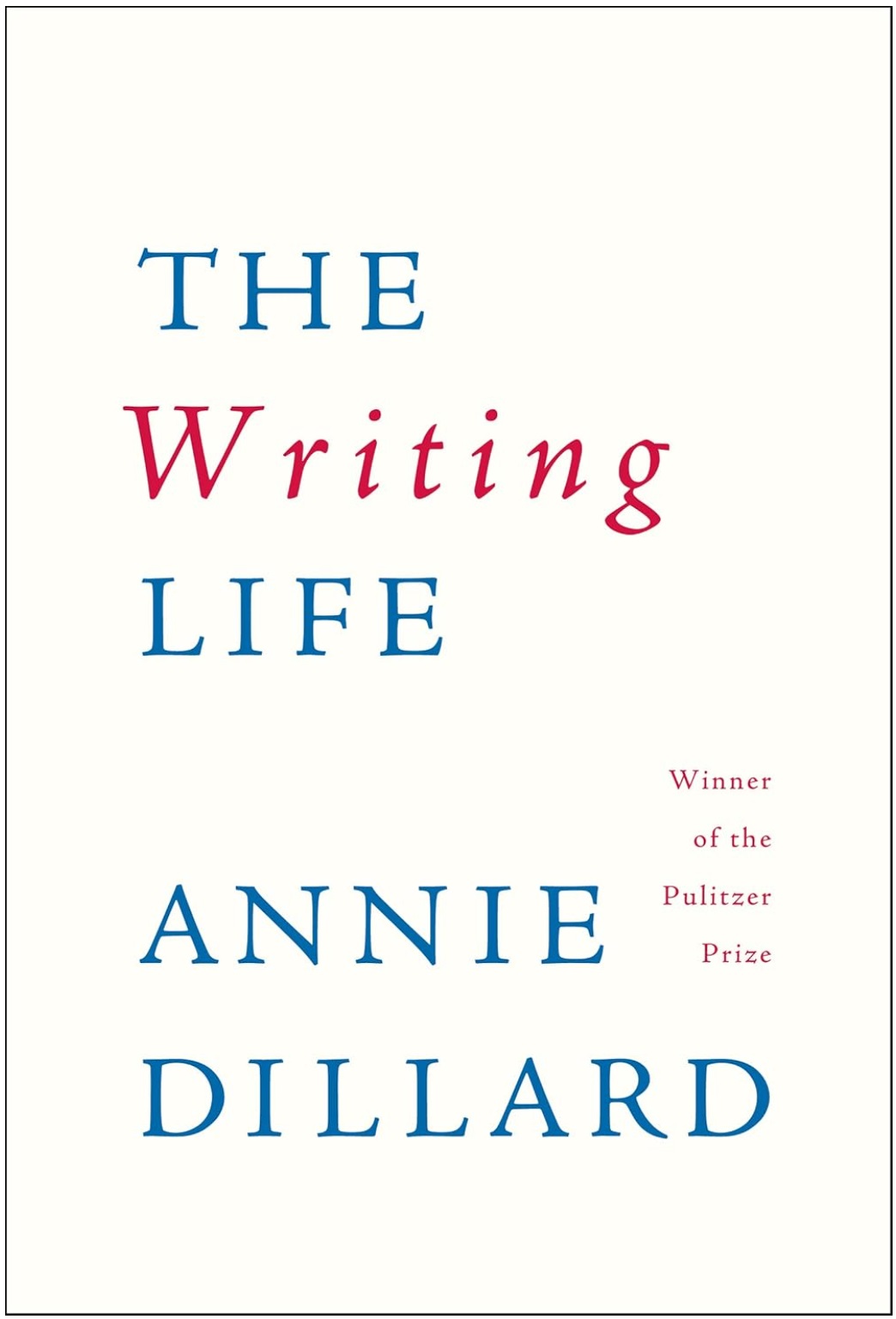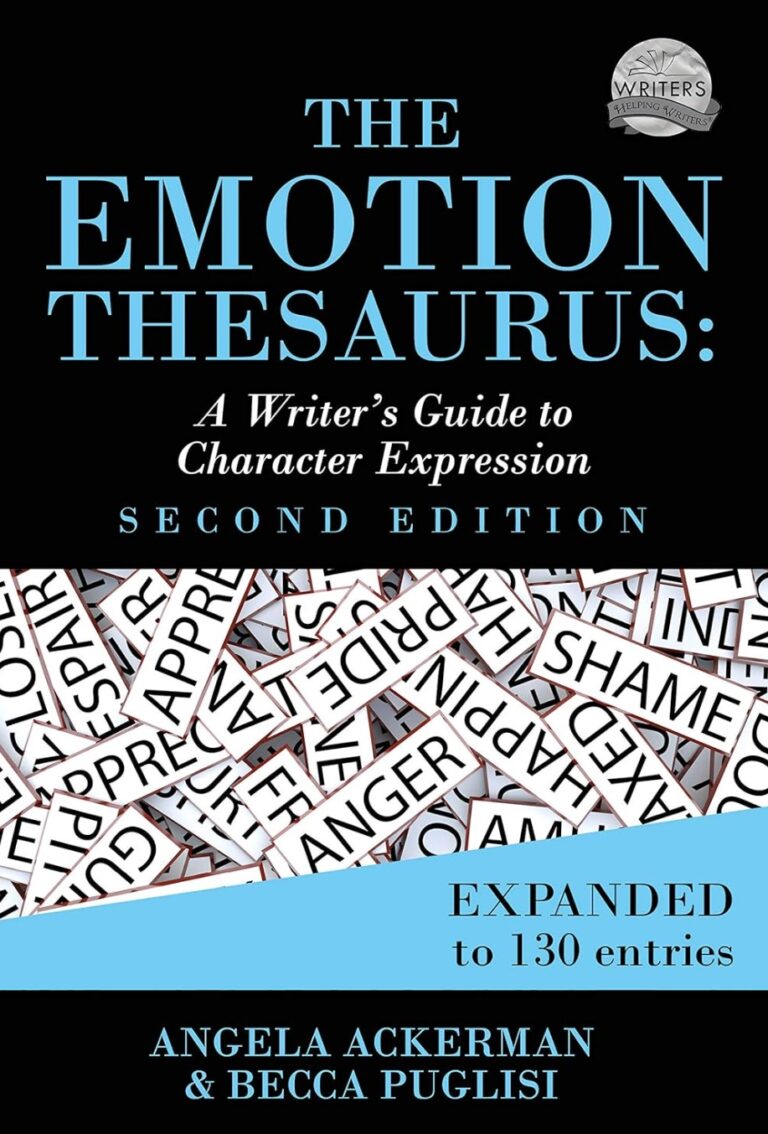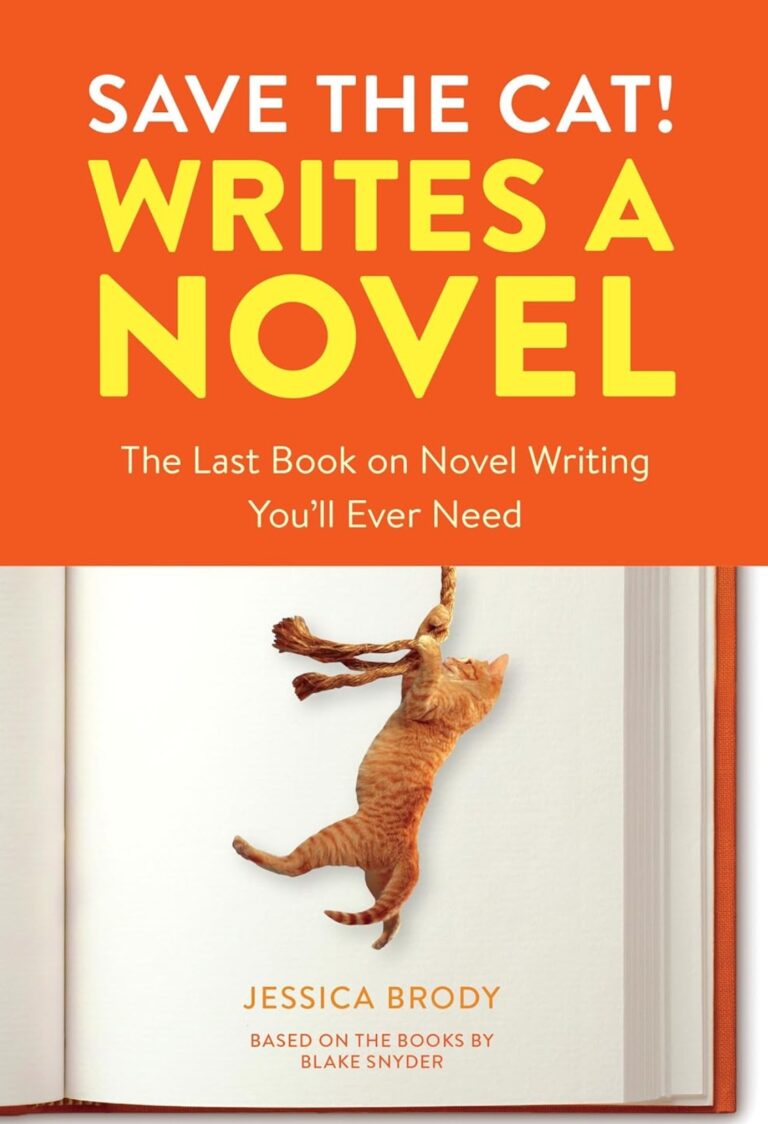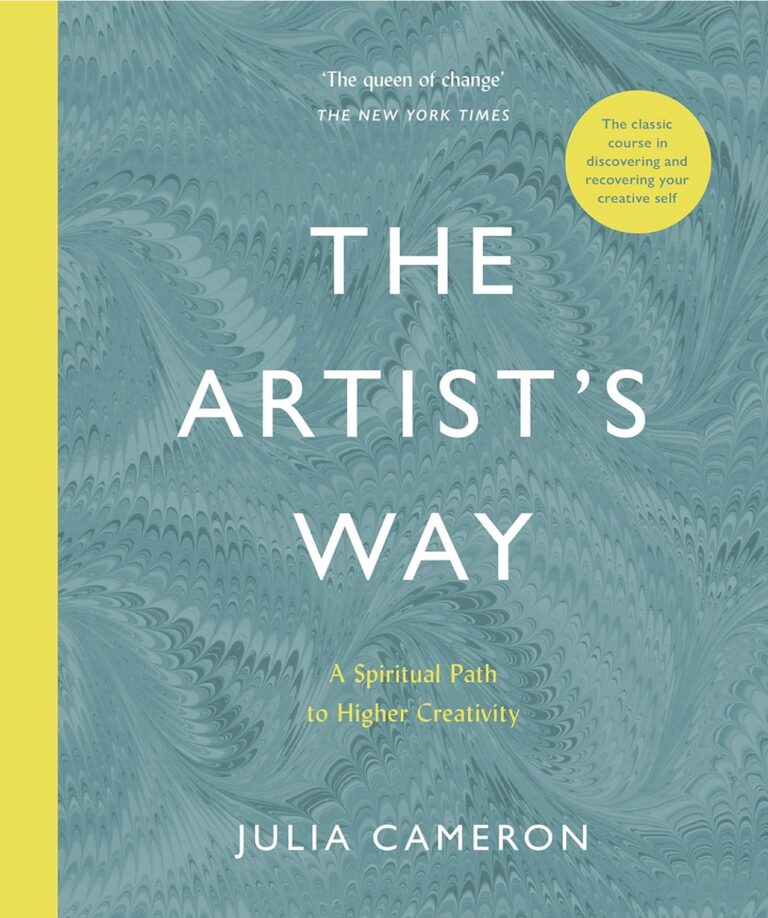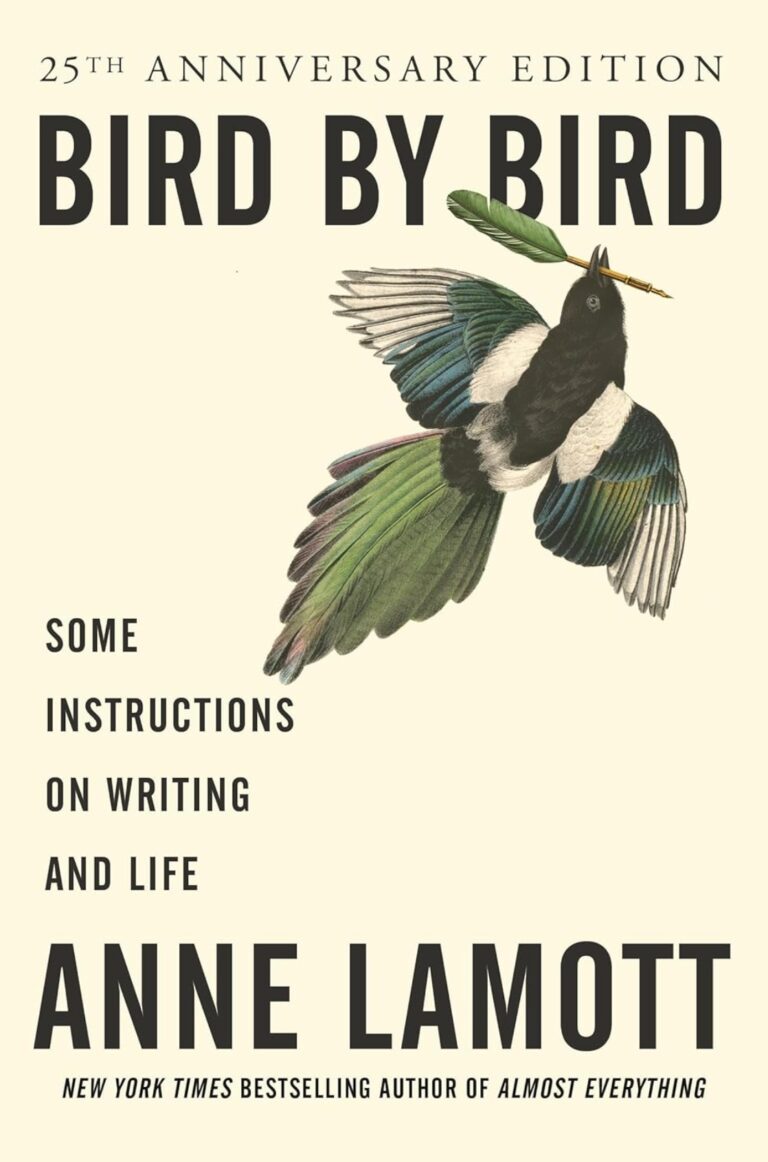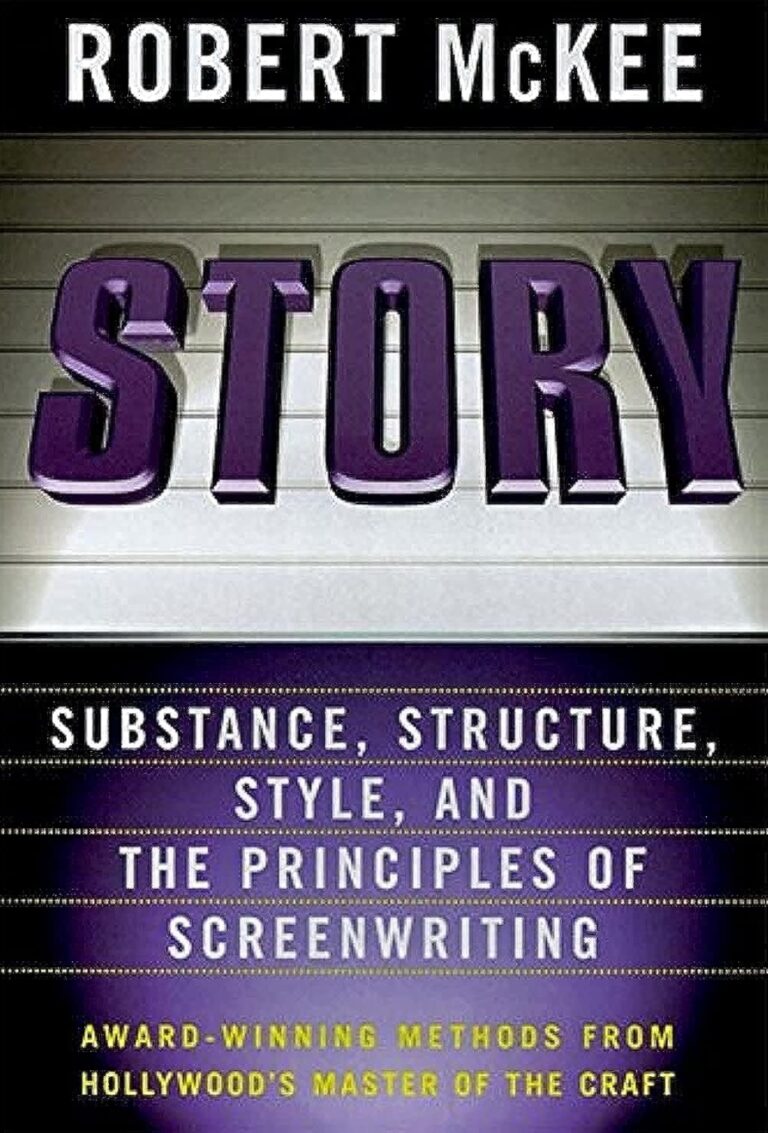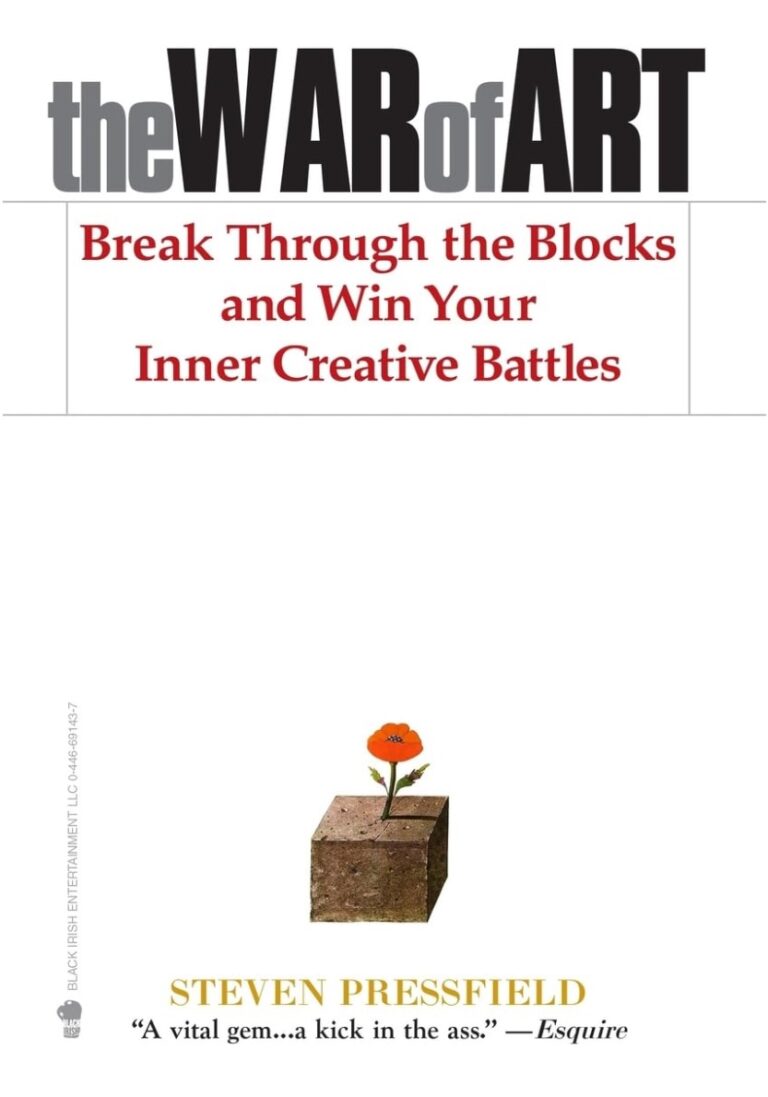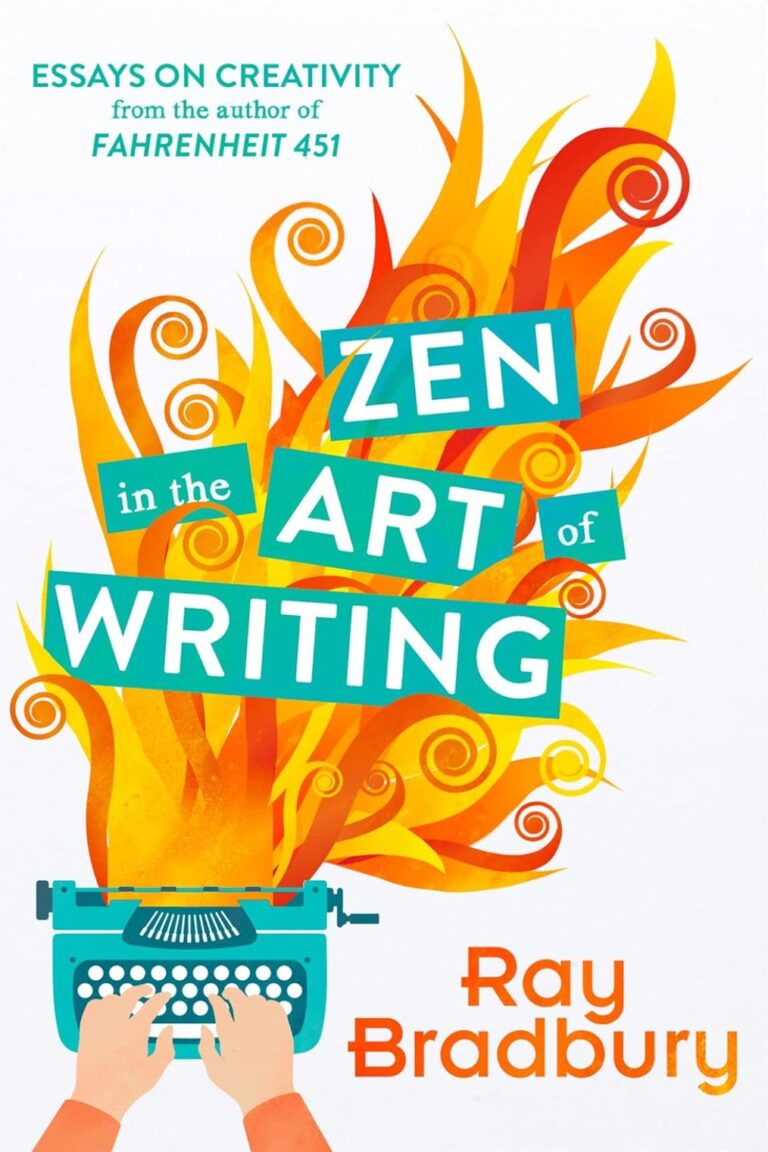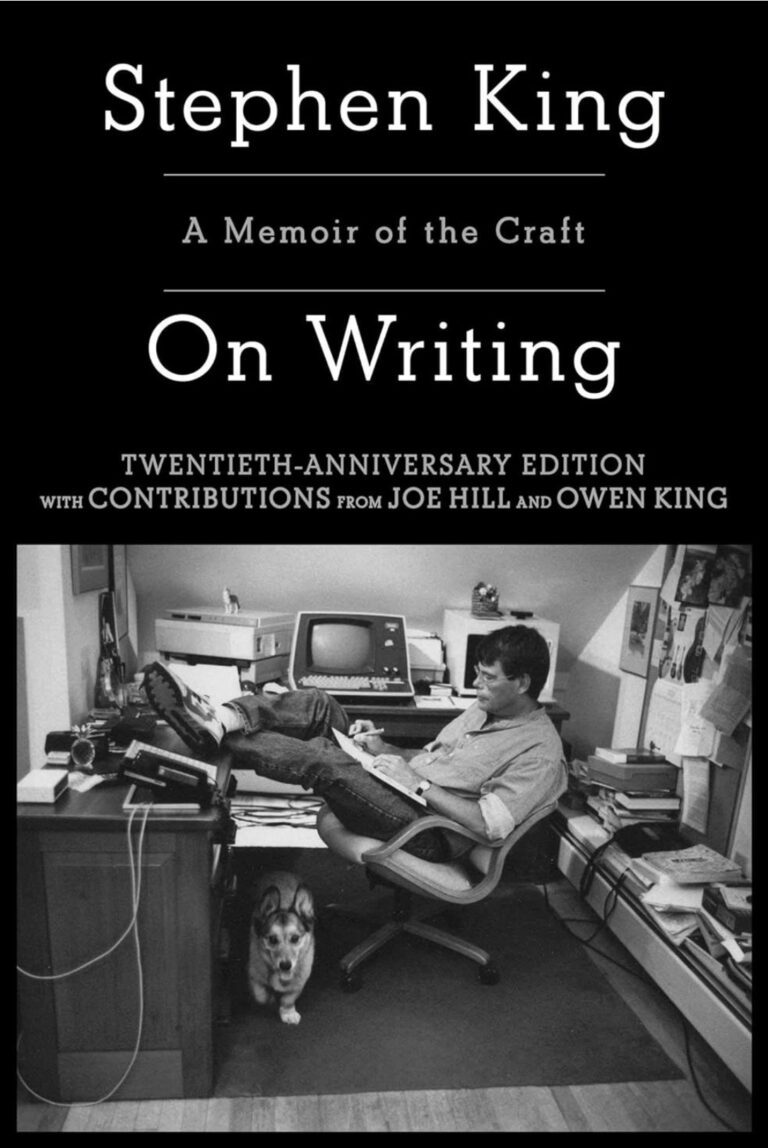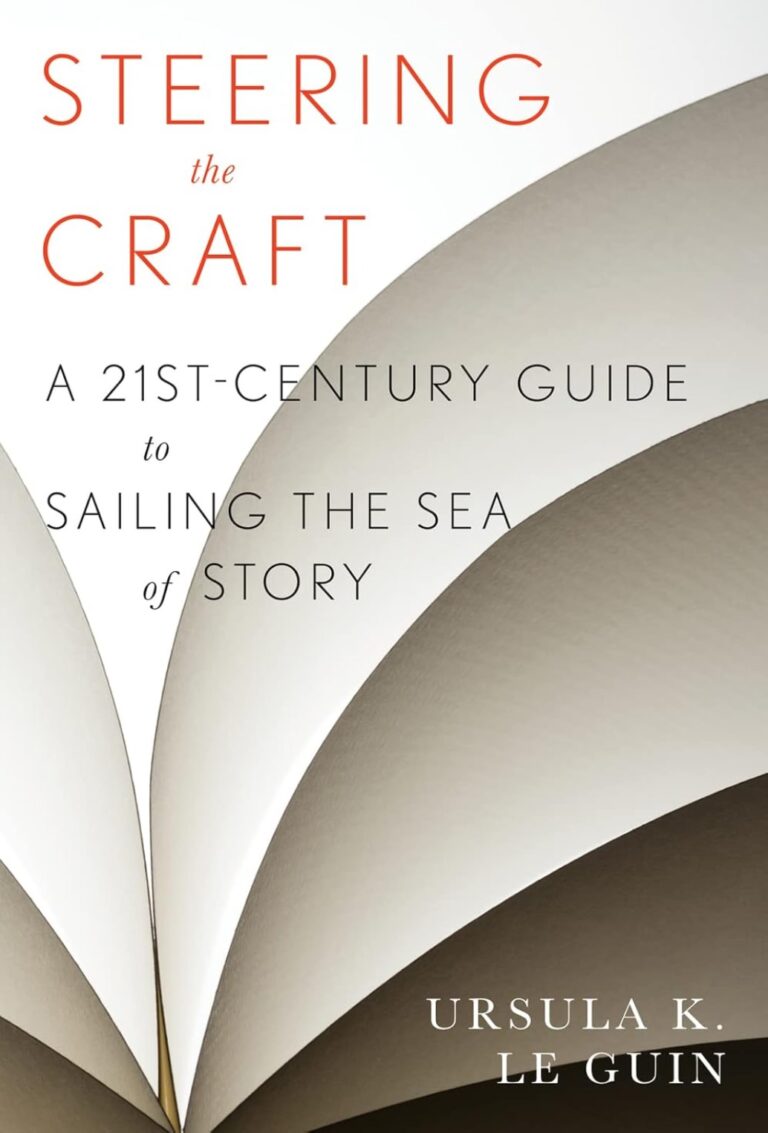The Writing Life by Annie Dillard is a lyrical exploration of the struggles and rewards that come with a writer’s journey. Through meditative essays, Dillard reflects on the solitude, persistence, and dedication that writing demands, offering a raw and honest portrayal of the creative process.
Her beautifully crafted prose captures the emotional and psychological challenges that writers face, making this book a compelling read for anyone seeking inspiration and deeper insight into the craft.
Table of Contents
ToggleIntroduction
Overview of the Book
The Writing Life by Annie Dillard is a reflective, lyrical exploration of the art and process of writing. First published in 1989, this slim volume offers a blend of memoir and meditation, as Dillard shares her personal insights into the writer’s craft, along with the emotional and mental challenges that come with it.
Through vivid anecdotes and poetic musings, Dillard captures both the beauty and difficulty of the writing life, encouraging readers to view writing not as a simple task, but as a deeply immersive and often arduous journey.
Unlike many writing guides that focus on the mechanics of storytelling or offer practical advice on structure and technique, The Writing Life delves into the philosophical and existential aspects of writing.
Dillard’s prose is rich and contemplative, offering readers an intimate glimpse into her struggles and triumphs as a writer. Her reflections range from the solitary nature of writing to the intense focus required to bring a work to life.
For anyone seeking a more spiritual or artistic exploration of writing, this book offers an enriching and thought-provoking perspective.
Why This Book is Important for Writers
The Writing Life stands out among books on writing because of its introspective nature. Dillard doesn’t provide a step-by-step guide to improving your craft; instead, she delves into the emotional and psychological realities that every writer faces.
The book’s focus on the internal aspects of writing, rather than external success, helps writers understand the sacrifices and commitment that are necessary for the creative process.
It’s a particularly valuable read for writers who may be feeling disconnected from their work or overwhelmed by the pressures of producing content.
By examining the difficulties and rewards of writing through a personal lens, Dillard’s reflections remind writers that they are not alone in their struggles.
The Writing Life validates the frustrations and joys of writing, offering insight into the mental endurance required to persevere through the creative process.
This book isn’t about how to become a successful writer—it’s about how to survive and thrive as one.
Author Background
About the Author
Annie Dillard is an acclaimed American author, known for her poetic and contemplative writing style. She gained widespread recognition with her 1974 nonfiction narrative Pilgrim at Tinker Creek, which won the Pulitzer Prize for General Nonfiction.
Dillard’s work often explores the intersection of nature, spirituality, and human experience, blending rich descriptions of the natural world with deep philosophical inquiry.
Her ability to capture the complexity of life’s experiences through precise and beautiful language has earned her a reputation as one of the most respected essayists and nonfiction writers of her time.
Dillard’s own experiences as a writer are at the heart of The Writing Life. Over the course of her career, she has authored a diverse range of works, including essays, novels, and poetry, each marked by her reflective voice and keen observations.
Her understanding of the writing process, combined with her thoughtful exploration of the human condition, makes The Writing Life a uniquely personal and profound exploration of what it means to be a writer.
Relevance of the Author’s Experience to the Book
Dillard’s experiences as a writer deeply inform the content of The Writing Life. Having spent years grappling with the challenges of creativity, solitude, and discipline, she offers readers a raw and honest account of the writing process.
Her own struggles with focus, motivation, and the need to step away from the world to immerse herself in her work provide a valuable perspective for writers who face similar challenges.
Dillard’s deep understanding of the sacrifices and joys of writing make her insights in The Writing Life resonate with both aspiring and experienced writers alike.
Book Structure and Style
Layout and Chapter Overview
The Writing Life is a short book, consisting of six chapters, each offering a different perspective on the writing process. The chapters are not structured around a specific set of rules or guidelines; rather, they are a series of meditative essays that reflect Dillard’s personal experiences and insights.
Throughout the book, Dillard uses a blend of storytelling, personal anecdotes, and metaphorical reflections to convey the complexities of the writing process.
The book’s structure mirrors the often nonlinear nature of writing itself, as Dillard weaves in and out of different ideas and reflections.
One chapter may focus on the physical and mental isolation that comes with the writer’s life, while another might explore the discipline and persistence required to complete a piece of work.
While the chapters are loosely connected by the theme of writing, each one stands alone as a separate meditation on the craft.
Writing Style and Tone
Dillard’s writing in The Writing Life is poetic, rich with metaphor, and deeply contemplative. Her tone is both introspective and philosophical, and she often addresses the reader in a direct, personal manner.
There’s a sense of intimacy in her prose, as if she’s speaking directly to fellow writers, sharing the unspoken truths about the creative process that many may be too afraid to voice.
Her style is nonlinear, moving fluidly between anecdotes, reflections, and metaphors.
This mirrors the unpredictable and often chaotic nature of the writing process, where inspiration can come from unexpected places, and progress can feel erratic.
Dillard’s lyrical language and evocative imagery draw readers into her reflections, making the book as much a work of art as it is a guide to writing.
Key Takeaways for Aspiring Writers
Practical Advice and Techniques
Though The Writing Life isn’t a typical how-to guide, it does offer practical insights for writers, particularly around discipline and perseverance. One of Dillard’s key messages is that writing requires intense focus and solitude.
She reflects on the need to isolate oneself from distractions in order to fully immerse in the creative process, a reminder that writing often demands physical and emotional space.
For writers struggling with concentration or finding time to write, Dillard’s reflections on carving out dedicated writing time are especially valuable.
Another important takeaway is Dillard’s emphasis on persistence. She doesn’t romanticize the writing process; instead, she presents it as a demanding and often grueling task that requires a great deal of perseverance.
Her descriptions of the slow, painstaking process of shaping sentences and paragraphs remind writers that the craft is not always about flashes of inspiration, but about showing up every day and doing the hard work.
Theoretical Insights and Perspectives
Beyond practical advice, The Writing Life offers deeper philosophical reflections on the nature of creativity and the writing process. Dillard explores the relationship between the writer and their work, describing how writing can feel like a battle between the self and the page.
She likens the creative process to an act of survival, where the writer must push through doubt, fear, and fatigue in order to bring a piece of work to life.
Dillard also touches on the spiritual aspects of writing, reflecting on how the act of creation connects the writer to something greater than themselves.
She views writing as a form of discovery, where the writer uncovers truths about the world and their own existence through the process of putting words on the page.
For writers who approach their craft as a form of personal or spiritual exploration, Dillard’s reflections will resonate deeply.
Strengths of the Book
Unique Features and Approaches
What sets The Writing Life apart from other books on writing is its focus on the emotional and psychological aspects of the writing process. While many writing guides offer tips on plot, character development, or structure, Dillard’s book is more concerned with the internal struggles that writers face.
Her honest portrayal of the loneliness, frustration, and self-doubt that often accompany the creative process makes this book a refreshing and relatable read for writers who are grappling with these same challenges.
Another unique feature of the book is Dillard’s poetic and metaphorical approach to describing the writing life. Rather than providing prescriptive advice, she uses rich, evocative language to capture the complexities of the creative process.
This makes The Writing Life not only an insightful guide for writers, but also a beautifully written piece of literature in its own right.
Applicable to Different Levels of Writers
The Writing Life is a book that will resonate with writers at all levels of experience. For beginners, Dillard’s reflections on the challenges of writing can be comforting, offering reassurance that the frustrations they are experiencing are a natural part of the creative process.
Her emphasis on persistence and discipline provides valuable guidance for new writers who may be struggling to find their rhythm.
For more experienced writers, Dillard’s philosophical insights offer a deeper understanding of the writing life.
Her reflections on the nature of creativity, the relationship between the writer and their work, and the spiritual dimensions of writing will resonate with seasoned writers who have already grappled with these issues in their own work.
Areas for Improvement
Potential Weaknesses or Gaps
One potential limitation of The Writing Life is that it is not a traditional writing guide with specific, actionable advice. Writers who are looking for concrete tips on improving their craft, such as how to structure a story or develop characters, may find the book lacking in practical guidance.
Dillard’s focus is more on the emotional and philosophical aspects of writing, which may not be as helpful for writers seeking technical advice.
Another possible drawback is the book’s nonlinear structure. While the lyrical, reflective style is one of the book’s strengths, it can also make the book feel somewhat disjointed.
Readers who prefer a more structured or organized approach to learning about writing may find Dillard’s wandering, meditative style challenging to follow at times.
Audience Suitability
The book is best suited for writers who are already familiar with the basic elements of writing and are looking to explore the deeper, more introspective aspects of the craft. It is particularly well-suited for writers who are struggling with the emotional or psychological challenges of writing, such as self-doubt, isolation, or burnout.
Writers who enjoy reflective, philosophical meditations on creativity will appreciate The Writing Life. However, it may not appeal to those who prefer a more practical, hands-on approach to writing or those seeking detailed advice on structure, plot, or characterization.
Additionally, Dillard’s use of rich metaphor and poetic language, while beautifully crafted, may not resonate with every reader. Some may find the book’s tone overly abstract or esoteric, especially if they are looking for straightforward guidance on the mechanics of writing.
In that sense, The Writing Life is more of a philosophical companion than a technical manual, and readers should approach it with that expectation.
How This Book Compares to Other Writing Guides
Similar Books in the Genre
The Writing Life can be compared to other reflective works on the writing process, such as Bird by Bird by Anne Lamott and On Writing by Stephen King. Like Dillard, Lamott delves into the personal and emotional aspects of writing, offering humor and insight into the writer’s struggles.
However, while Lamott’s tone is lighthearted and accessible, Dillard’s is more serious and contemplative, often focusing on the solitude and sacrifice inherent in the creative process.
Compared to King’s On Writing, Dillard’s book offers less practical advice and more philosophical reflection. King’s work blends personal memoir with specific, actionable tips on the craft, while Dillard focuses primarily on the internal landscape of the writer’s life.
For writers seeking inspiration and emotional validation, The Writing Life shares similarities with Lamott’s approach but stands apart for its meditative, almost spiritual quality.
Distinguishing Factors
What distinguishes The Writing Life from other writing guides is its unapologetic focus on the struggles and sacrifices that come with a life dedicated to writing. While many books on writing offer encouragement and positivity, Dillard is not afraid to explore the darker side of the creative process, portraying writing as a difficult and often isolating endeavor.
Her willingness to confront the hardships of writing, rather than sugar-coating them, gives the book a raw and authentic quality that sets it apart from more conventional writing guides.
Dillard’s prose is also uniquely lyrical and poetic, making The Writing Life as much a work of literature as it is a book about writing. Her vivid metaphors and beautifully crafted sentences elevate the book beyond a simple instructional guide, turning it into a reflective meditation on the nature of creativity.
For writers who appreciate literary prose and philosophical inquiry, The Writing Life offers a rich, immersive reading experience.
Real-World Application for Writers
How Writers Can Implement the Advice
Writers can apply Dillard’s advice by embracing the discipline and solitude required to produce meaningful work. One of the key takeaways from The Writing Life is the importance of dedicating time and mental space to writing, free from distractions.
Dillard’s reflections on isolation remind writers that creativity often thrives in quiet, uninterrupted spaces, and that the writing process demands a deep commitment to focus and concentration.
Writers can also implement Dillard’s advice on persistence. Her descriptions of the long, often grueling process of writing serve as a reminder that the craft is not always about immediate results.
By approaching their work with patience and perseverance, writers can push through the inevitable struggles and challenges that arise during the creative process.
Dillard’s emphasis on the writer’s dedication to their craft, even in the face of uncertainty or frustration, can inspire writers to keep going, even when the path ahead feels unclear.
Benefits of Following the Book’s Advice
Writers who follow Dillard’s insights will gain a greater appreciation for the emotional and psychological demands of the writing process.
By understanding that writing is often a difficult, solitary journey, writers may find solace in knowing that their struggles are not unique but are part of the universal experience of being an artist.
This understanding can help writers overcome feelings of self-doubt or isolation, providing them with the strength to continue pursuing their creative goals.
In addition, Dillard’s reflections on the spiritual dimensions of writing can inspire writers to view their work as a form of personal discovery.
By approaching writing as a journey of exploration, rather than a means to an end, writers can cultivate a deeper sense of connection to their work.
This mindset shift can lead to more authentic and meaningful creative output, as writers learn to embrace the process of writing, with all its challenges and rewards.
What Reviews Thought
Amazon Reviews
On Amazon, The Writing Life is praised for its poetic prose and deep insights into the writer’s experience. Many reviewers appreciate Dillard’s willingness to discuss the difficulties of writing, finding comfort in her honest portrayal of the struggles that all writers face.
Readers frequently highlight Dillard’s beautiful language and thoughtful reflections, noting that the book is as much a literary work as it is a guide to writing.
However, some Amazon reviewers express disappointment with the book’s lack of practical advice. Writers who were hoping for concrete tips on how to improve their craft or develop a writing routine may find The Writing Life less helpful than more instructional guides.
A few readers mention that Dillard’s abstract style and philosophical musings were not what they expected, but most agree that the book offers a unique and valuable perspective on the writing process.
Goodreads Reviewers
Goodreads reviewers echo many of the sentiments found on Amazon, with readers praising Dillard’s poetic language and philosophical insights. Many reviewers appreciate the book’s introspective tone, finding it a refreshing departure from more formulaic writing guides.
Reviewers frequently mention that The Writing Life offers a candid and honest look at the realities of being a writer, which resonates with those who are familiar with the emotional challenges of the craft.
Some Goodreads reviewers note that the book’s nonlinear structure and lack of direct advice may not be suited for everyone.
A few readers mention that they were looking for more concrete guidance on the writing process, but found the book’s focus on reflection and philosophy to be more abstract than they anticipated.
Nonetheless, The Writing Life is generally regarded as a valuable and thought-provoking read for writers seeking inspiration and insight into the creative journey.
Conclusion
Summary of Key Insights
The Writing Life by Annie Dillard is a deeply reflective and introspective exploration of the emotional and psychological aspects of writing. Through a series of meditative essays, Dillard delves into the challenges of isolation, persistence, and the spiritual dimensions of creativity.
While the book doesn’t offer practical, step-by-step guidance on writing, it provides a candid and poetic look at the realities of the writer’s life. Dillard’s reflections on the craft, combined with her beautiful prose, make this book a rich and rewarding read for writers who are seeking more than just technical advice.
Final Recommendation
For writers looking for a thoughtful and philosophical exploration of the writing process, The Writing Life is an essential read. Dillard’s poetic language and honest reflections on the struggles of being a writer offer valuable insight into the emotional and spiritual aspects of creativity.
While it may not provide concrete advice for developing plot or character, The Writing Life serves as a source of inspiration and validation for writers who are grappling with the deeper challenges of the craft.
Whether you’re a seasoned writer or just beginning your creative journey, Dillard’s book will resonate with anyone who has ever struggled with the demands and rewards of the writing life.

